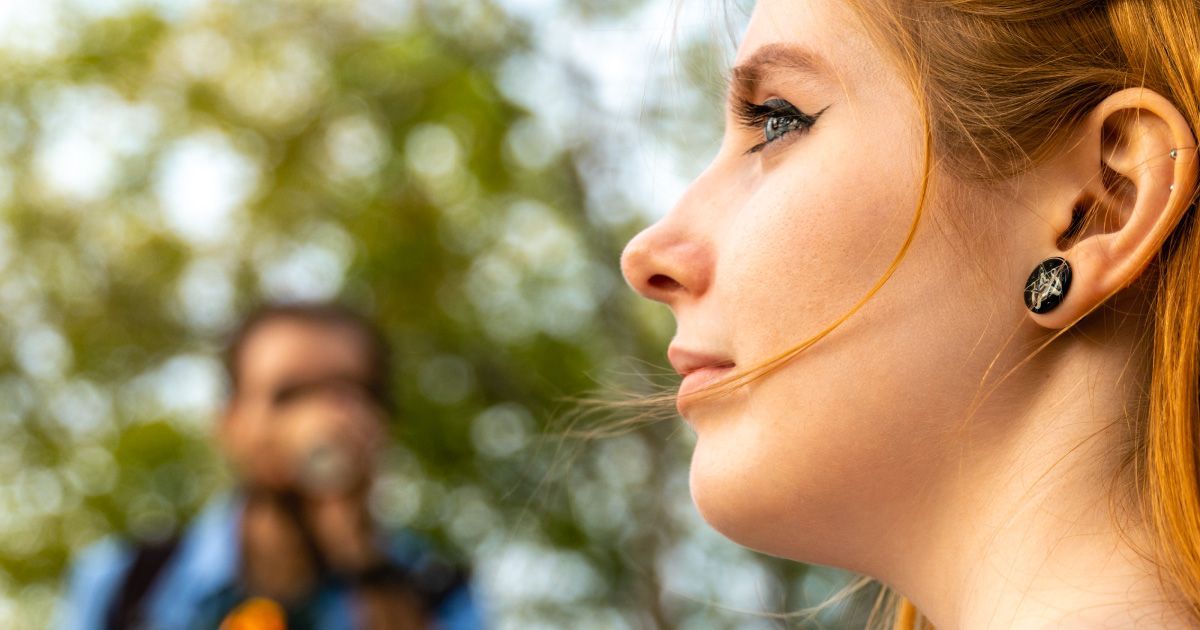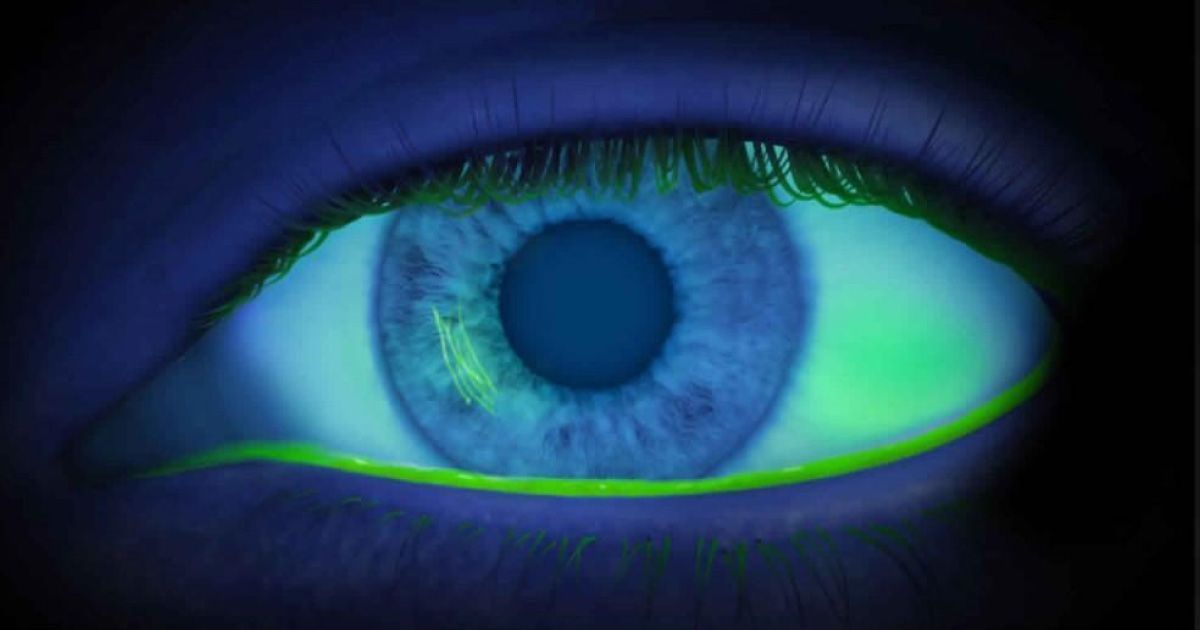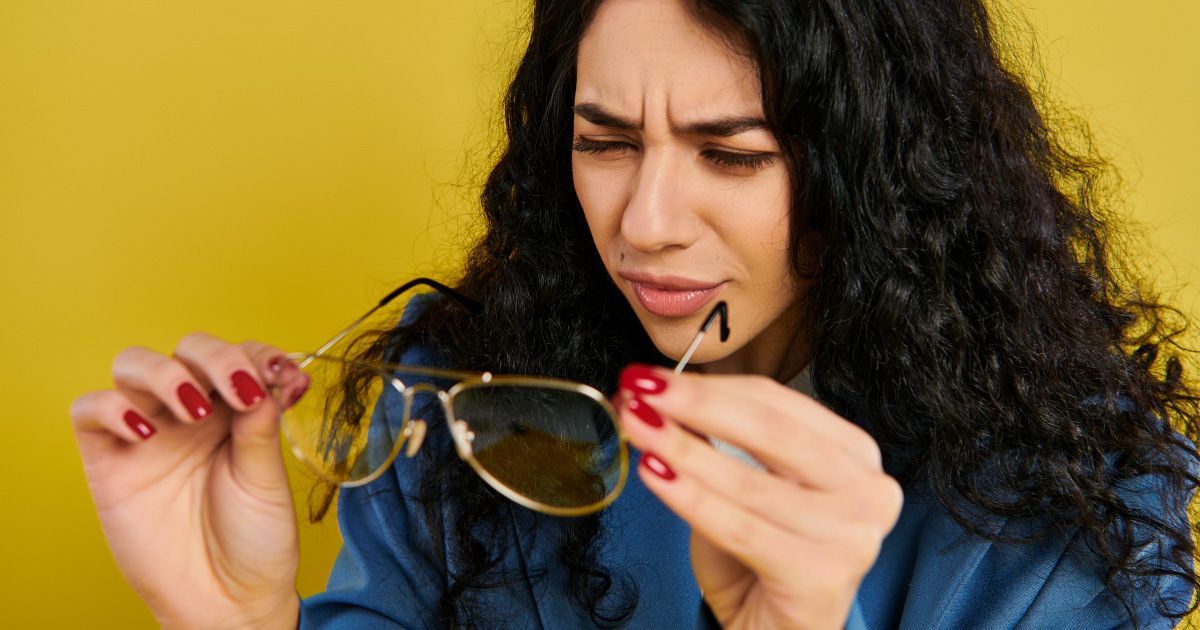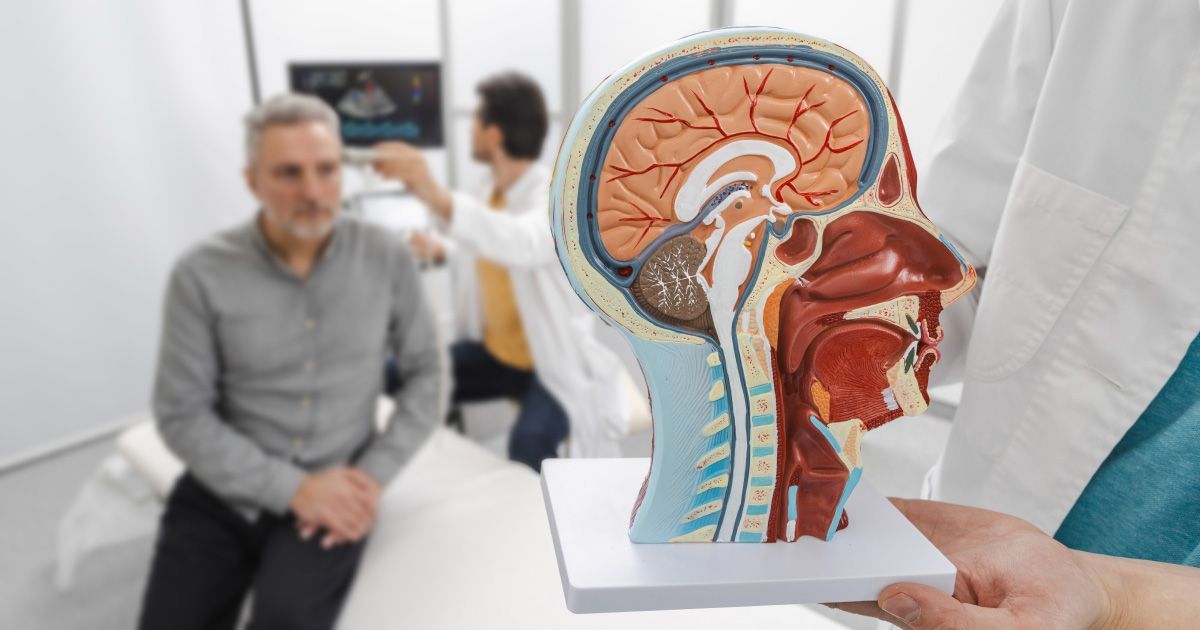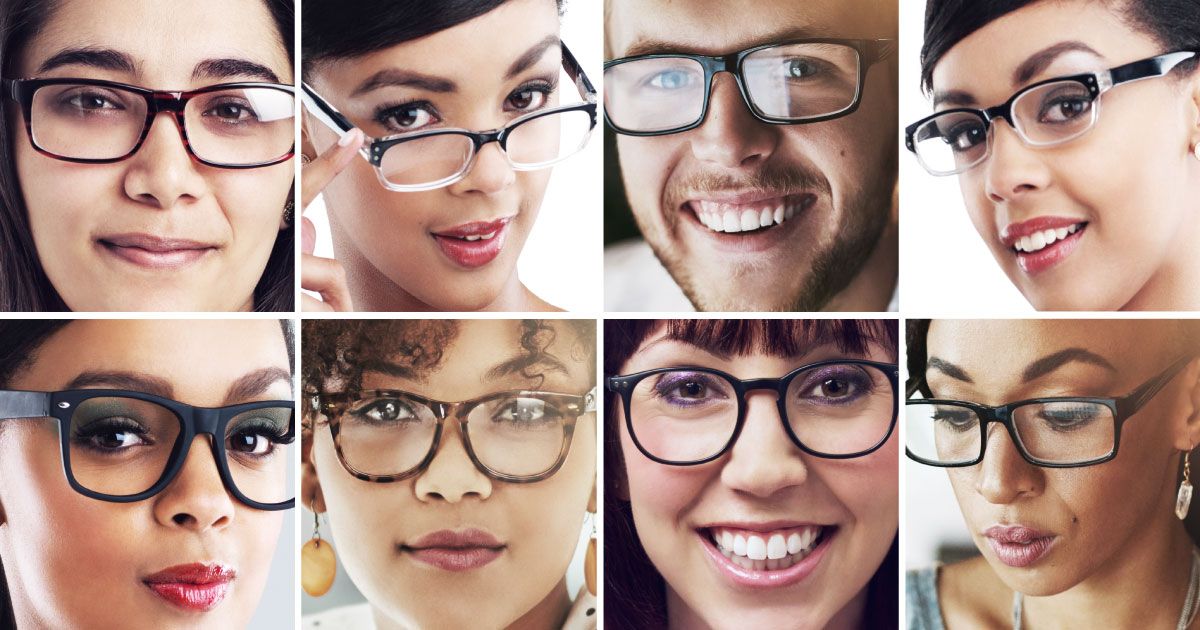Understanding Dry Eye Evaluations: Tests and Procedures for Relief
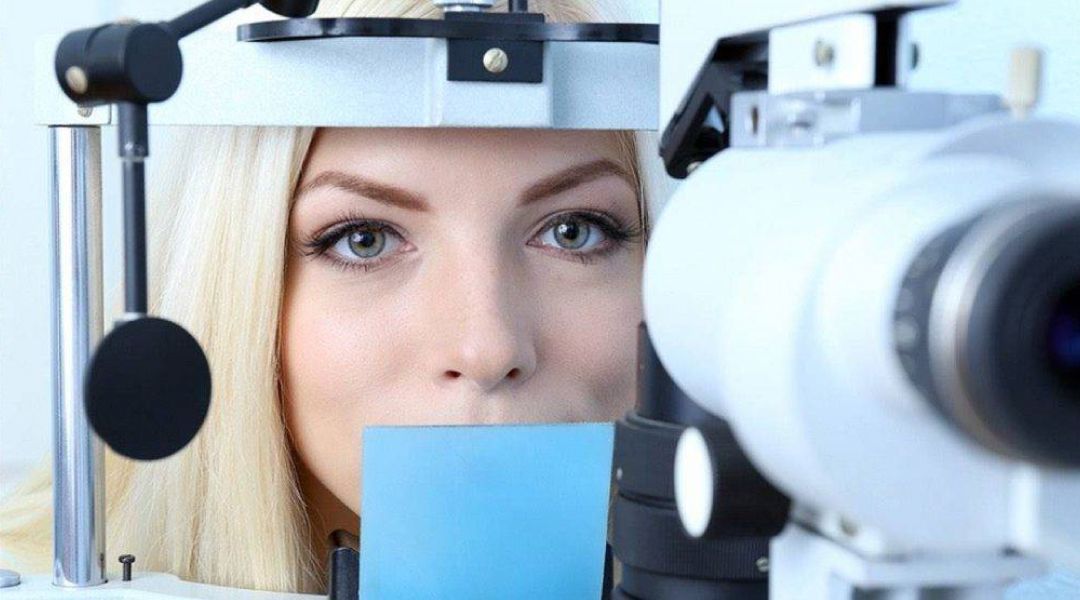
Read time: 5 minutes
Dry eye syndrome is a prevalent condition that affects millions of people worldwide. Characterized by insufficient tear production or poor quality of tears, it can lead to discomfort, redness, and even impact vision. Fortunately, advancements in eye care have led to sophisticated techniques for evaluating and managing dry eyes.
Let's explore the tests and procedures eye doctors perform during a Dry Eye evaluation in order to diagnose this disease.
Understanding Dry Eye Syndrome
Before we dive into the evaluation process, it's crucial to comprehend the basics of dry eye syndrome. This condition can result from various factors, including aging, environmental conditions, medications, and underlying health issues. Dry eyes occur when the eyes do not produce enough tears or when the tears evaporate too quickly, leaving the eyes inadequately lubricated.
The Dry Eye Evaluation Process
Patient History
The foundation of a thorough dry eye checkup is digging deep into the patient's history. This first step is crucial for getting important info that guides the rest of the assessments. Eye care pros look into the patient's past and present, trying to understand their eye health. They ask about symptoms, lifestyle, and things that might be causing dry eyes.
It's really important to know about the patient's overall health and habits to customize the evaluation for them. Things like spending a lot of time on screens, the environment they're in, and their job can really affect their eye health. By going through the patient's history, eye care experts get a complete picture that helps them focus on specific assessments.
Symptom Assessment
Patients' personal experiences give hints about how bad and what kind of dry eye they have. In the phase where we ask about symptoms, people are encouraged to describe how they feel and what's bothering them. Eye care pros ask about things like dryness, itching, burning, and if their vision changes.
By looking deeply into these experiences, specialists can figure out not just what symptoms are there but also how they affect daily life. The patient's individual experience helps create a careful evaluation plan. Plus, paying close attention to symptoms helps tell the difference between different types of dry eye, making the diagnosis more accurate.
Tear Film Assessment
The thin layer of tears is super important for keeping eyes healthy, and checking it is a big part of the evaluation. Specialists use different tests to look closely at how many tears there are and how good they are, checking things like how they're made, how stable they are, and what they're made of.
A common way to do this is by putting a special dye on the surface of the eye. This dye helps eye care pros see how tears spread and find any problems. By checking the tear film, doctors learn about what might be causing dry eyes, which helps them make treatment plans that work best.
Fluorescein and Lissamine Green Staining
Fluorescein and lissamine green dyes emerge as valuable tools in observing damage to specific ocular structures. Fluorescein highlights damage to the cornea, while lissamine green targets the conjunctiva. The patterns of staining reveal areas of dryness and aid in determining the severity of the condition.
Using this staining method gives doctors a map to follow, showing them where to focus on specific issues. The accuracy of the dry eye evaluation gets better because these dyes are really precise, making treatments more focused and effective.
Schirmer's Test
A key test in checking for dry eyes is the Schirmer's Test which looks at how many tears a person produces. Tiny strips of paper go under the lower eyelid, and by seeing how wet they get over a set time, the doctor gets crucial information about tear levels.
The Schirmer's Test numbers provide diagnostics data which is then combined with what the patient communicates about what they are feeling. This test helps figure out how bad the tear shortage is, guiding doctors in making personalized plans that fit the individual's needs.
Meibomian Gland Assessment
The evaluation goes beyond looking at the Meibomian glands, which produce the oily part of tears. Issues with these glands can cause evaporative dry eye, a common form of the condition. Eye care professionals use techniques like meibography to see the glands and find problems.
This thorough assessment helps us understand what causes dry eyes. By checking the Meibomian glands, doctors can identify specific problems. This allows for targeted treatments that address the main causes of the condition.
Osmolarity Testing
Osmolarity testing adds numbers to the evaluation by measuring the salt content in tears. High osmolarity levels can show that the tear film is unstable, which is a sign of dry eye syndrome. This measurement adds to the other assessments done earlier in the evaluation.
Osmolarity testing gives a measurable way to check the overall health of the tear film. Finding differences from the usual levels helps eye care professionals adjust treatments, making sure they fit the person's specific eye situation.
Treatment and Management
After finishing the dry eye evaluation, the eye care professional has a lot of information to create a personalized treatment plan. This plan might include things like using artificial tears, making lifestyle changes, taking prescription medications, and sometimes doing small procedures to fix underlying problems. By using the information from the evaluation along with proven treatments, doctors can give specific help, making life better for people dealing with dry eye syndrome.
The Takeaway
A Dry Eye Evaluation is a crucial step in understanding and managing the complexities of dry eye syndrome. With a thorough assessment, eye care professionals can tailor treatments to provide relief and improve the overall eye health of individuals suffering from this common condition. If you're experiencing symptoms of dry eyes, don't hesitate to
schedule an evaluation with an eye care specialist to embark on your journey toward clearer, more comfortable vision.
Share this blog post on social or with a friend:
The information provided in this article is intended for general knowledge and educational purposes only and should not be construed as medical advice. It is strongly recommended to consult with an eye care professional for personalized recommendations and guidance regarding your individual needs and eye health concerns.
All of Urban Optiks Optometry's blog posts and articles contain information carefully curated from openly sourced materials available in the public domain. We strive to ensure the accuracy and relevance of the information provided. For a comprehensive understanding of our practices and to read our full disclosure statement, please click here.



